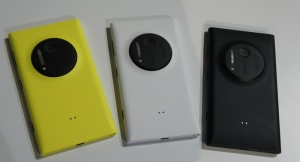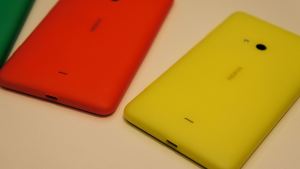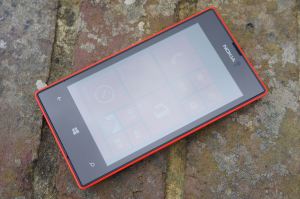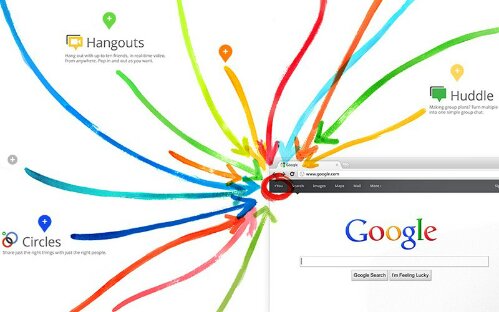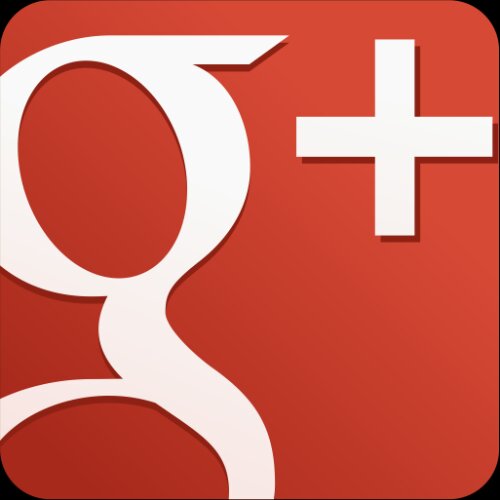And just like that the greatest phone manufacturer is gone. We can all say we saw it coming but that doesn’t prevent the emotions. Even if you are an iOS or Android fan you must admit you’ve died a little inside. As a Nokia fanboy I will try and look for the positives if at all there will be any. Perhaps the greatest positive would be to buy the last ever Nokia device which is likely to be kick ass and hope it will serve me for a few years until I can finally move on.
The first time things became thick was in 2011 where the demise of not only Meego but also Symbian was made known. You see, the plan was to reserve Meego for high end phones and continue with Symbian on midrange phones while also developing a series 40/Asha alternative called meltemi. This was indeed a great plan. Symbian had a large market share while Meego would have received the market percentage currently enjoyed by windows phone or even higher since Meego is way better than Windows Phone. Anyway, most symbian die-hards jumped ship and found solace in Android. After the N8 I was also forced to get myself a Galaxy device as I waited for Windows phone to mature. With the release of Windows Phone 8 I, like many other Nokia fans, decided to go back to Nokia. For a brief moment we knew things were looking up and next year would be significant due to the next major windows phone 8 upgrade. Things now appear blique and all hope lost.
A company selling its soul to the OS maker isn’t such a bad thing. On the android front the Nexus devices are loved by many, I included. Therefore the Motorola deal with Google can only be seen as positive especially given Motorola were struggling. A nexus device from Motorola will turn things around for the device makers. Already the Moto X is receiving positive reviews from consumers and things appear to be destined for the best. Unfortunately the same cannot be said about Microsoft. The Microsoft Surface did not do too well and not having the Nokia name in future Lumia series will hurt sales.
The only positive thing I can think of right now is timely updates. I am still waiting for the Amber update on my Lumia device but I am sure with Microsoft there will be no more waiting. Perhaps the other positive thing is the financial backing. Microsoft has the resources and that means that packing the greatest gadgets on future Lumia devices will not be an issue. But that beats the Nokia philosophy. We like Nokia because Nokia products are cheap and are for the masses. If you cannot afford the best Nokia device you have a alternative. If you cannot afford the soon to be launched (in the country) Nokia 925, then you can always choose the Lumia 520/620/625 without worrying too much about performance.
So where exactly does a Nokia fan go from here? Wait for the Note 3 and jump ship without thinking twice or wait for the rumoured Nokia phablet? I will probably wait for the phablet since the great android devices will always be there waiting. Chances are that some Nokia employees will lose employment or walk out. The long term dream is that these employees will join the Jolla community and we will finally have the Meego that eluded us. I can only hope. Goodbye Nokia.
